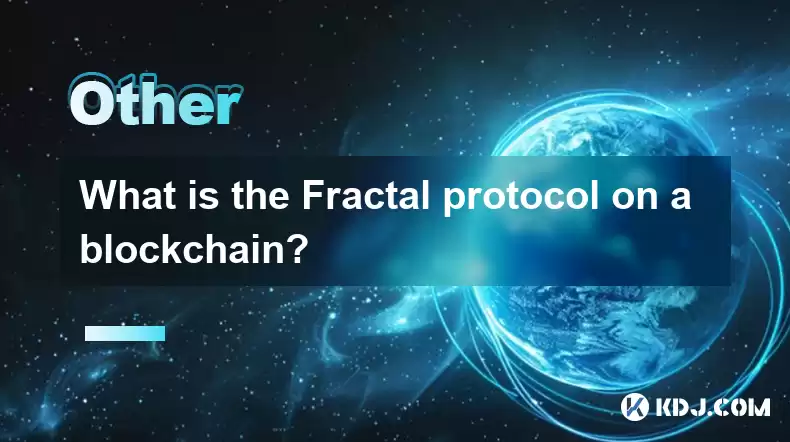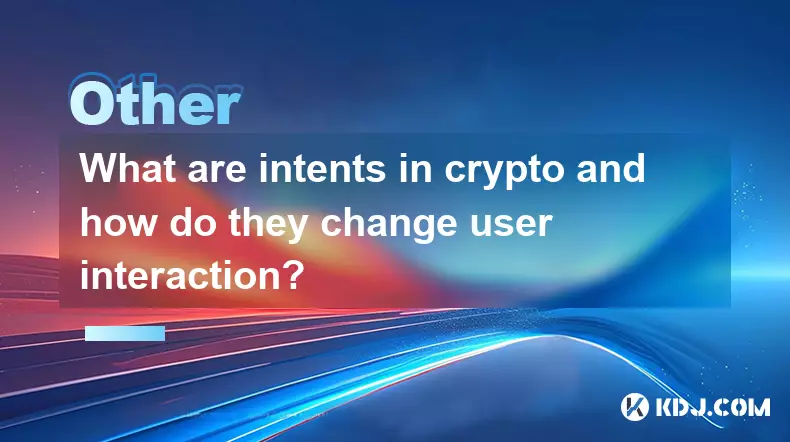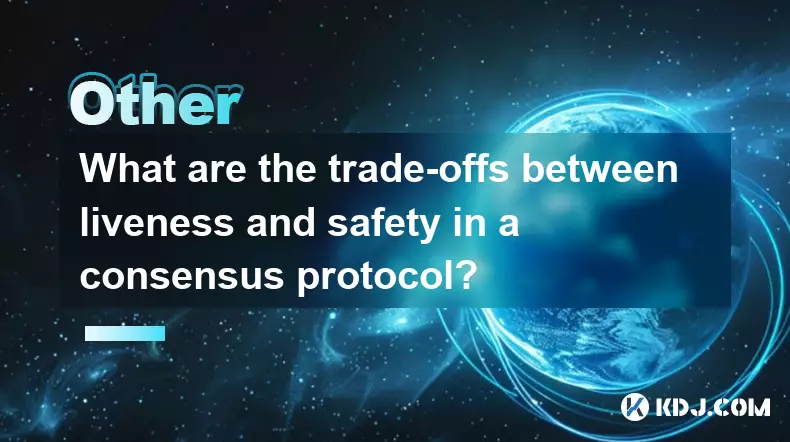-
 bitcoin
bitcoin $106680.127705 USD
0.67% -
 ethereum
ethereum $3615.722480 USD
-0.65% -
 tether
tether $0.999925 USD
-0.04% -
 xrp
xrp $2.550072 USD
5.91% -
 bnb
bnb $1002.572269 USD
-0.90% -
 solana
solana $168.746669 USD
1.08% -
 usd-coin
usd-coin $0.999832 USD
-0.03% -
 tron
tron $0.297244 USD
1.97% -
 dogecoin
dogecoin $0.182965 USD
0.71% -
 cardano
cardano $0.600432 USD
2.56% -
 hyperliquid
hyperliquid $41.439691 USD
-1.57% -
 chainlink
chainlink $16.548399 USD
2.40% -
 bitcoin-cash
bitcoin-cash $524.993680 USD
3.45% -
 stellar
stellar $0.302259 USD
4.10% -
 zcash
zcash $539.994871 USD
-16.31%
What is the Fractal protocol on a blockchain?
Fractal protocol enhances blockchain scalability and efficiency by using a fractal structure for parallel transaction processing across multiple layers.
Apr 12, 2025 at 11:56 am

The Fractal protocol on a blockchain represents an innovative approach to enhancing the scalability and efficiency of blockchain networks. Fractal protocol is designed to address some of the inherent limitations of traditional blockchain systems, such as slow transaction processing times and high fees. By implementing a fractal structure, this protocol aims to create a more dynamic and adaptable network that can handle a higher volume of transactions without compromising on security or decentralization.
Understanding the Basics of Fractal Protocol
At its core, the Fractal protocol leverages the concept of fractals, which are geometric shapes that can be split into parts, each of which is a reduced-scale copy of the whole. In the context of blockchain, this means that the network can be divided into smaller, self-similar units that operate independently but are interconnected. This structure allows for parallel processing of transactions, significantly increasing the throughput of the network.
The Fractal protocol operates by creating multiple layers within the blockchain. Each layer can process transactions independently, and the results are then aggregated and verified across the network. This multi-layered approach not only speeds up transaction processing but also enhances the overall resilience of the network, as the failure of one layer does not affect the others.
How Fractal Protocol Enhances Scalability
One of the primary benefits of the Fractal protocol is its ability to enhance the scalability of blockchain networks. Traditional blockchains often struggle with scalability due to their linear structure, where each transaction must be processed sequentially. In contrast, the Fractal protocol allows for the simultaneous processing of transactions across multiple layers, effectively multiplying the network's capacity.
For instance, if a blockchain using the Fractal protocol has five layers, each layer can process transactions independently. This means that the network can handle up to five times the number of transactions per second compared to a single-layer blockchain. This scalability is crucial for applications that require high transaction volumes, such as decentralized finance (DeFi) platforms and large-scale enterprise solutions.
Security and Decentralization in Fractal Protocol
While scalability is a significant advantage, the Fractal protocol also maintains a high level of security and decentralization. Each layer within the fractal structure is secured by its own set of validators, ensuring that no single point of failure exists. Additionally, the interconnected nature of the layers allows for cross-verification of transactions, further enhancing security.
Decentralization is preserved through the distribution of control across the various layers. Each layer operates autonomously but is part of the larger network, ensuring that no single entity can dominate the system. This decentralized approach aligns with the core principles of blockchain technology, making the Fractal protocol an attractive option for those seeking to build secure and scalable decentralized applications.
Implementation of Fractal Protocol in Existing Blockchains
Integrating the Fractal protocol into existing blockchain networks involves several steps. Developers must first assess the current architecture of the blockchain to identify areas where the fractal structure can be implemented. This typically involves modifying the consensus mechanism and transaction processing logic to accommodate the multi-layered approach.
- Assess the current blockchain architecture: Understand the existing structure and identify potential bottlenecks.
- Modify the consensus mechanism: Adapt the consensus algorithm to support the fractal structure, ensuring that each layer can operate independently while maintaining overall network integrity.
- Implement the fractal layers: Develop the necessary code to create and manage the multiple layers within the blockchain.
- Test and validate: Rigorously test the new fractal structure to ensure it meets performance and security standards.
- Deploy and monitor: Roll out the updated blockchain and continuously monitor its performance to make any necessary adjustments.
Use Cases for Fractal Protocol
The Fractal protocol has a wide range of potential applications within the cryptocurrency ecosystem. One of the most promising use cases is in the field of decentralized finance (DeFi). DeFi platforms often require high transaction throughput to support complex financial operations, and the Fractal protocol can significantly enhance their performance.
Another potential application is in supply chain management. Blockchain-based supply chain solutions can benefit from the scalability and efficiency offered by the Fractal protocol, enabling faster and more reliable tracking of goods and materials across global networks.
Additionally, gaming and digital collectibles can leverage the Fractal protocol to handle the high volume of transactions associated with in-game purchases and the trading of non-fungible tokens (NFTs). By improving transaction speeds and reducing fees, the Fractal protocol can enhance the user experience in these applications.
Challenges and Considerations
While the Fractal protocol offers numerous benefits, it also presents certain challenges and considerations. One of the main challenges is the complexity of implementing and maintaining a fractal structure within a blockchain. Developers must have a deep understanding of both blockchain technology and fractal geometry to successfully integrate the protocol.
Another consideration is the potential for increased resource requirements. The multi-layered approach of the Fractal protocol may require more computational power and storage capacity compared to traditional blockchains. This could impact the accessibility of the network, particularly for users with limited resources.
Finally, the Fractal protocol must be carefully designed to prevent potential vulnerabilities that could arise from the interconnected nature of the layers. Ensuring the security and integrity of the network is paramount, and developers must implement robust safeguards to protect against attacks and failures.
Frequently Asked Questions
Q: Can the Fractal protocol be integrated with any existing blockchain?A: While the Fractal protocol can be integrated with many existing blockchains, the feasibility depends on the specific architecture and consensus mechanism of the blockchain. Some blockchains may require significant modifications to support the fractal structure, while others may be more compatible out of the box.
Q: How does the Fractal protocol impact transaction fees?A: The Fractal protocol can potentially reduce transaction fees by increasing the throughput of the network. With more transactions being processed simultaneously, the demand for block space decreases, which can lead to lower fees. However, the actual impact on fees will depend on various factors, including network congestion and the specific implementation of the protocol.
Q: Are there any existing blockchains that have implemented the Fractal protocol?A: As of now, there are no widely known blockchains that have fully implemented the Fractal protocol. However, several projects and research initiatives are exploring the potential of fractal structures in blockchain technology, and it is possible that we will see practical implementations in the future.
Q: How does the Fractal protocol handle network congestion?A: The Fractal protocol addresses network congestion by distributing transactions across multiple layers, allowing for parallel processing. This means that even during periods of high demand, the network can continue to process transactions efficiently, reducing the likelihood of congestion and delays.
Disclaimer:info@kdj.com
The information provided is not trading advice. kdj.com does not assume any responsibility for any investments made based on the information provided in this article. Cryptocurrencies are highly volatile and it is highly recommended that you invest with caution after thorough research!
If you believe that the content used on this website infringes your copyright, please contact us immediately (info@kdj.com) and we will delete it promptly.
- Cryptocurrencies, Long-Term & BlockDAG: Navigating the Future in 2025
- 2025-11-12 01:30:01
- Navigating Crypto Investment: The Rise of Super Platforms and Unified Ecosystems
- 2025-11-12 01:50:01
- Canton Network's Wild Ride: Price Dip, Exchange Listings, and What It All Means
- 2025-11-12 01:20:02
- Dogecoin's Dollar Dream: Can This Low-Cap Coin Actually Reach $1?
- 2025-11-12 01:10:02
- AI Tokens, SoftBank, and NVIDIA Stake: A New York Minute on Tech's Latest Moves
- 2025-11-12 01:45:01
- Mastercard, Humanity Protocol, and Private Finance: A New Era?
- 2025-11-12 01:10:01
Related knowledge

What are intents in crypto and how do they change user interaction?
Nov 09,2025 at 09:00am
Understanding the Role of Decentralized Exchanges in Modern Crypto Trading1. Decentralized exchanges, commonly known as DEXs, have reshaped how trader...

What is restaking and how does it enhance economic security?
Nov 09,2025 at 11:40pm
Understanding Restaking in the Blockchain Ecosystem1. Restaking refers to the process where users who have already staked their tokens in a proof-of-s...

What is a sovereign rollup and how does it differ from a smart contract rollup?
Nov 10,2025 at 09:00am
Understanding Sovereign Rollups1. A sovereign rollup operates as an independent blockchain layer that leverages the data availability of a base layer,...

What is a crypto-economic system and how does it use incentives to secure a network?
Nov 11,2025 at 01:20am
Understanding Crypto-Economic Systems1. A crypto-economic system refers to the integration of cryptography, distributed systems, and economic incentiv...

What is a cryptographic nonce and how is it used to prevent replay attacks?
Nov 08,2025 at 05:00pm
Understanding Cryptographic Nonces in Blockchain Systems1. A cryptographic nonce is a number used only once within a specific cryptographic communicat...

What are the trade-offs between liveness and safety in a consensus protocol?
Nov 09,2025 at 12:20pm
Understanding the Role of Liquidity Pools in Decentralized Finance1. Liquidity pools are foundational components within decentralized exchanges (DEXs)...

What are intents in crypto and how do they change user interaction?
Nov 09,2025 at 09:00am
Understanding the Role of Decentralized Exchanges in Modern Crypto Trading1. Decentralized exchanges, commonly known as DEXs, have reshaped how trader...

What is restaking and how does it enhance economic security?
Nov 09,2025 at 11:40pm
Understanding Restaking in the Blockchain Ecosystem1. Restaking refers to the process where users who have already staked their tokens in a proof-of-s...

What is a sovereign rollup and how does it differ from a smart contract rollup?
Nov 10,2025 at 09:00am
Understanding Sovereign Rollups1. A sovereign rollup operates as an independent blockchain layer that leverages the data availability of a base layer,...

What is a crypto-economic system and how does it use incentives to secure a network?
Nov 11,2025 at 01:20am
Understanding Crypto-Economic Systems1. A crypto-economic system refers to the integration of cryptography, distributed systems, and economic incentiv...

What is a cryptographic nonce and how is it used to prevent replay attacks?
Nov 08,2025 at 05:00pm
Understanding Cryptographic Nonces in Blockchain Systems1. A cryptographic nonce is a number used only once within a specific cryptographic communicat...

What are the trade-offs between liveness and safety in a consensus protocol?
Nov 09,2025 at 12:20pm
Understanding the Role of Liquidity Pools in Decentralized Finance1. Liquidity pools are foundational components within decentralized exchanges (DEXs)...
See all articles









































































